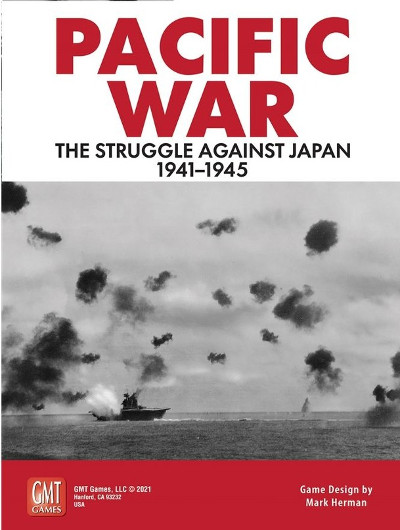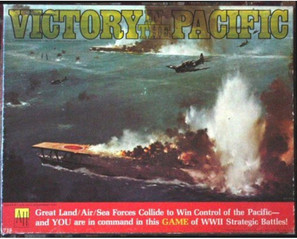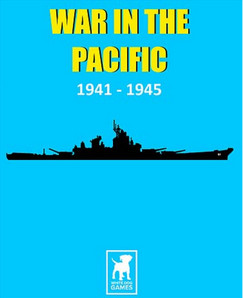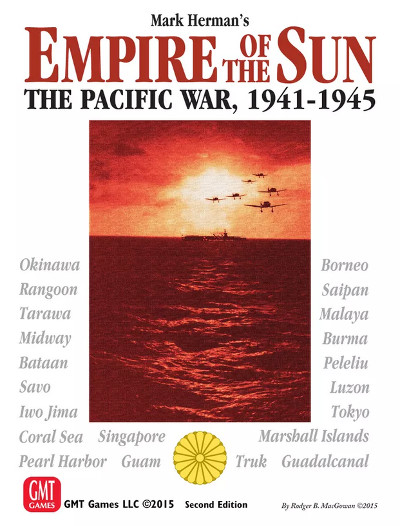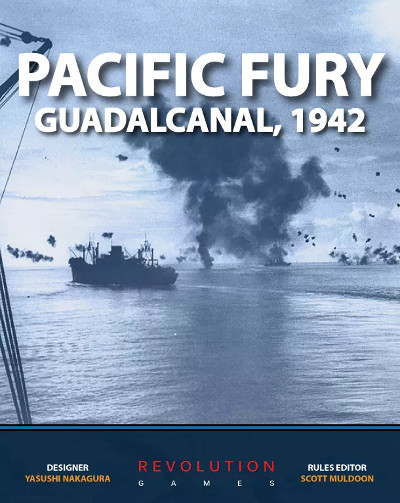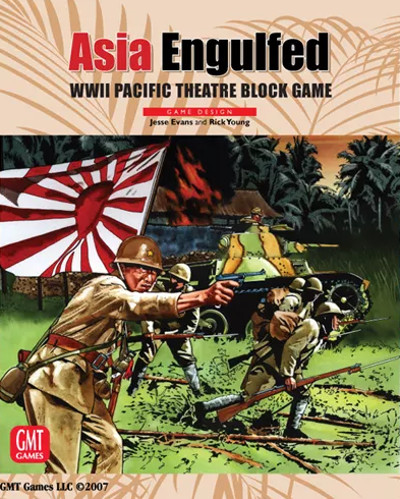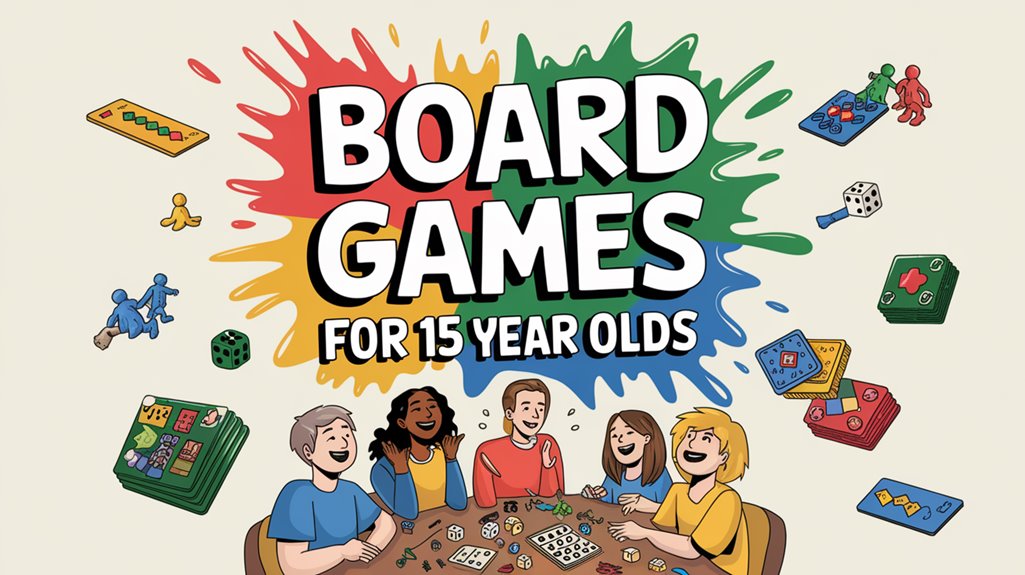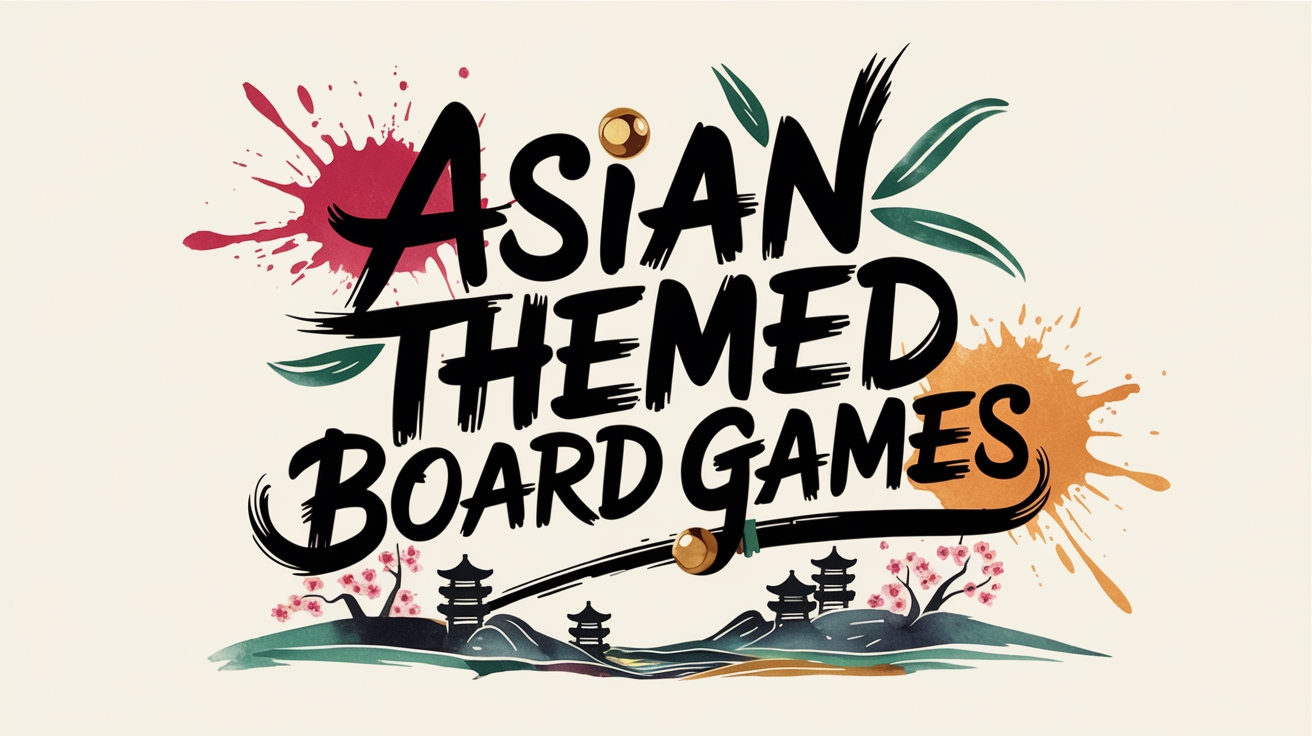Pacific War board games offer a detailed look into the complexities of World War II’s Pacific Theater, blending historical accuracy with engaging gameplay. Titles like ‘Pacific War: The Struggle Against Japan, 1941-1945 (Second Edition)’, Empire of the Sun, Pacific Fury and ‘Fire in the Sky: The Great Pacific War 1941-1945’ provide a range of experiences from strategic planning to naval skirmishes, challenging players to rethink historical military strategies and serving as educational tools that showcase wartime decision-making intricacies. What aspects of these games make them particularly compelling for both historians and gamers?
| Game Title | Publisher | Year | Players | Buy |
|---|---|---|---|---|
| Pacific War | GMT Games | 2022 | 2 | Buy Now on Noble Knight |
| Victory in the Pacific | Avalon Hill | 1977 | 2 | Buy Now on Noble Knight |
| Victory in the Pacific | White Dog Games | 2017 | 2 | Buy Now on Noble Knight |
| Empire of the Sun | GMT Games | 2015 | 1-2 | Buy Now on Noble Knight |
Pacific War: The Struggle Against Japan, 1941-1945
Pacific War: The Struggle Against Japan, 1941-1945 (Second Edition) offers extensive gameplay, delving deeply into the Pacific Theater. Its complexity provides a rich experience but may be challenging for new players. Balancing historical accuracy with engaging gameplay, it demands significant time and strategic investment, making it more suitable for dedicated gamers.
Playing Time and Complexity
The playing time and complexity of ‘Pacific War: The Struggle Against Japan, 1941-1945 (Second Edition) (2022)’ vary significantly depending on the scenario chosen. Players can choose from brief 60-80 minute solitaire engagements. Extensive strategic scenarios can also span numerous hours.
Pros and Cons
A significant benefit of ‘Pacific War: The Struggle Against Japan, 1941-1945 (Second Edition) (2022)’ is its meticulous attention to historical detail, enriching both immersion and educational value. The game features a detailed map and units, each represented by a single counter, and is filled with historical comments and explanations within the rulebook. The mechanics, though simplified, effectively convey the complexities of Pacific warfare, making it an engaging educational tool.
Key strengths include:
- Immersive Gameplay: The game’s search and hidden mechanics create a tense atmosphere, from spotting enemy Task Forces to launching airstrikes.
- High Replayability: With various scenarios—Engagement, Battle, Campaign, and Strategic—each offering multiple setups, the game promises extensive replay value.
- Component Quality: The second edition boasts beautifully mounted maps and high-quality counters, significantly improved from the 1985 edition.
- Historical Fidelity: The detailed research and historical precision enrich the educational aspect, allowing players to navigate the strategic challenges of the Pacific War.
- Engagement Level: The layered mechanics keep players engrossed, reflecting the real-life unpredictability and strategic depth of naval warfare.
Nevertheless, the game is not without its drawbacks. Larger battles and scenarios can be time-consuming to set up and play, potentially requiring ample space and energy. Moreover, some scenarios may contain setup errors, necessitating the use of errata for accuracy.
Victory in the Pacific
Victory in the Pacific is a strategic board game simulating WWII’s Pacific Theater across 13 sea areas. Players manage naval units (patrollers and raiders), air forces, and marine detachments to achieve military objectives.
The game focuses on controlling ports and bases while coordinating naval-air operations. Players must balance offensive strikes with defensive positioning, utilizing a turn-based system that emphasizes tactical decision-making and resource management.
Success requires understanding unit capabilities, strategic planning, and adapting to battlefield conditions. The game system includes expansions and additional components to enhance gameplay depth and historical authenticity.
War in the Pacific 1941-1945
War in the Pacific 1941-1945, published by White Dog Games and designed by Steve Pole, is a strategic wargame recreating the Pacific Theater of World War II. This boxed edition provides an immersive experience for players exploring this significant military campaign.
The game system incorporates various aspects of warfare from 1941-1945, enabling players to make decisions that could alter historical outcomes. It balances historical accuracy with playability, offering tactical and strategic elements characteristic of the actual Pacific conflict.
Components support both solo and multiplayer gaming sessions, focusing on challenges specific to the Pacific Theater, including naval operations, island-hopping campaigns, and logistics across oceanic distances. The design differs from European-focused wargames by emphasizing the unique aspects of Pacific warfare.
White Dog Games demonstrates their commitment to quality wargaming through this title’s detailed components and sophisticated gameplay mechanics. The game serves as a comprehensive simulation for enthusiasts interested in studying and recreating this crucial period of World War II.
Fire in the Sky: The Great Pacific War 1941-1945 (1999)
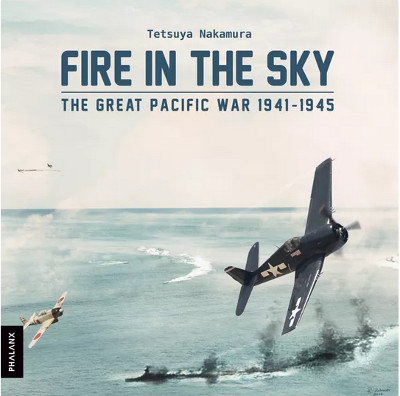
‘Fire in the Sky: The Great Pacific War 1941-1945 (1999)’ is known for its meticulous focus on historical logistics and strategic challenges. With just one map and 180 counters, the game simplifies complex wartime dynamics into an immersive experience. Its design intricacies, including the interplay between oil convoys, troop transports, and naval battles, provide players with a comprehensive view of the Pacific conflict.
Details
‘Fire in the Sky: The Great Pacific War 1941-1945’ offers a balanced mix of strategic depth and streamlined gameplay, focusing on naval and air operations while abstracting land combat. The game’s unique three-phase movement system ensures engaging and manageable gameplay. Key elements such as transport and oil costs play a crucial role in strategy. A dynamic operational phase adds to the excitement and complexity. The game features dual victory conditions, offering multiple paths to success. Additionally, the blend of air and surface power dynamics creates a rich and varied tactical environment. This design encourages strategic thinking and adaptability, capturing the essence of the Pacific War for an enjoyable gaming experience.
Pacific Victory: War in the Pacific 1941-45 (2000)
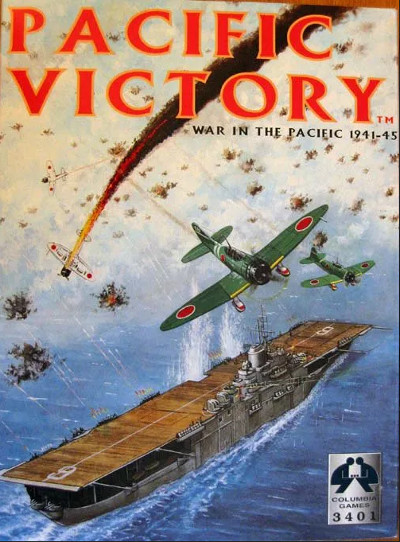
Pacific Victory: War in the Pacific 1941-45 (2000) offers a strategic look at the Pacific Theater of World War II using the Columbia Block game system. With a focus on concealed information and unit strength, players can enjoy a dynamic and suspenseful gaming experience. Various scenarios and a grand campaign option ensure a comprehensive and engaging representation of the Pacific conflict.
Gameplay
Players of Pacific Victory: War in the Pacific 1941-45 (2000) will experience a strategic yet accessible gameplay that strikes a balance between simplicity and depth. Drawing inspiration from Hammer of the Scots, the game’s customized system ensures a smooth and intuitive flow, immersing players in the historical setting.
With streamlined rules and a focus on strategic decision-making, Pacific Victory provides a rich simulation of the Pacific Theater in World War II. Designed for single-session play, it offers a brief yet engaging experience that caters to both new and experienced players.
Pacific Victory: Pacific Theater of WW2 – Second Edition (2018)
Pacific Victory: Pacific Theater of WW2 – Second Edition (2018) enhances gameplay with a large 9-panel mapboard, updated rules for better balance, and victory conditions. The game features Columbia’s block system for hidden unit information, adding strategic depth. With 132 wooden blocks in different colors and new artwork, this edition elevates the visual appeal and tactical complexity of the Pacific war simulation.
Details
The second edition of Pacific Victory offers refined rules that enhance the strategic depth of the game. While the Pacific theater may not be a common choice for many players, this edition provides an engaging experience that stands out despite potential challenges in balance and board size.
Empire of the Sun: The Pacific War 1941-1945 (2005)
Empire of the Sun: The Pacific War 1941-1945 (2005) stands out in the Pacific theater board game genre with its combination of strategic depth and historical immersion. Driven by a card system, the game offers unpredictability and strategic decision-making. The detailed hexagon map faithfully represents the Pacific theater. Players can experience World War II’s Pacific conflict from Pearl Harbor to Japan’s surrender. The gameplay lasts around 360 minutes.
Gameplay
Empire of the Sun: The Pacific War 1941-1945 (2005) puts players in the roles of historical military leaders during World War II in the Pacific theater. Commanding forces from India to Hawaii and from Alaska to Australia on a meticulously designed map, players embody iconic figures like MacArthur, Yamamoto, Nimitz, and Mountbatten.
The game employs the Card-Driven Game (CDG) system, where players strategically play cards to shape their actions while keeping their plans hidden. Players must make critical decisions as the Japanese player aims for rapid expansion, countered by the Allies’ efforts to defend against the onslaught. The gameplay features air-naval combat followed by ground combat, requiring coordinated efforts across different military branches for success. Victory hinges on U.S. political will, with the Japanese seeking to weaken key Allied nations and inflict heavy casualties to force a negotiated peace. The game offers dramatic scenarios, including the potential for Operation Olympic and the invasion of Japan.
Empire of the Sun intricately captures the complexities of World War II’s Pacific theater through its strategic framework. The game has complex combat systems and dynamic geopolitics. It emphasizes naval units like the CV Wasp and BB Washington. Air units operate at various levels and ground units range from Corps to specialized divisions.
Pacific Fury: Guadalcanal, 1942 (2015)
Pacific Fury: Guadalcanal, 1942 (2015) is a strategic simulation of the naval battles during the Guadalcanal campaign. In this two-player game, players navigate hidden task forces and utilize area movement mechanics to outmaneuver their opponent. The game kicks off with American forces holding Guadalcanal, prompting Japanese players to strategically deploy task forces to regain control.
Details
Pacific Fury: Guadalcanal, 1942 (2015) offers a concise and engaging wargaming experience, challenging players with strategic depth and detailed mechanics. This game offers an accessible entry into the complexities of the Pacific Theater with just ten pages of rules. Scott Maldoon’s exceptional editing ensures streamlined and user-friendly instructions.
The game mechanics are smooth and immersive, with logical victory conditions and a variety of strategic decisions to make. Players must carefully consider how to deploy their carriers, manage task force compositions, and balance protecting their assets with attacking enemy airstrips. Key decisions include:
- Carrier Deployment: Balancing protection and offense.
- Task Force Composition: Determining the makeup and size of each task force.
- Iron Bottom Sound: Choosing between clearing the area of enemy forces or using the Tokyo Express.
- Landing Units: Successfully landing units on Guadalcanal presents a challenge.
Players must anticipate their opponents’ moves, with critical decisions made early in the task force assignment phase. While the game’s brevity and simplicity can lead to quick rounds, the emphasis on secrecy and deception ensures a satisfying gameplay experience.
Asia Engulfed (2007)
Asia Engulfed (2007) is a detailed simulation of the Pacific theater during World War II, covering the events from Pearl Harbor to Japan’s surrender. It can be played on its own or combined with Europe Engulfed, featuring integrated rules for joint gameplay. Players must handle unit transfers, production allocation, and strategic challenges in a manageable 6-to-9 hour campaign.
Details
‘Asia Engulfed (2007)’ blends innovative mechanics with historical accuracy to simulate the Pacific Theater during World War II. Using wood block units for land and naval forces, the game maintains secrecy until combat, adding tension and depth. Unique features include realistic Japanese resource limitations, regional targets like China and India, and production choices reflecting historical strategies. The 24-page rulebook and playbook provide clarity and optional rules for enriched gameplay.
Guadalcanal: Semper Fi Series (2003)
Guadalcanal: Semper Fi Series (2003) delves into the strategic and tactical aspects of the Guadalcanal campaign across 24 specified scenarios. Highlighting the unique characteristics of U.S. Marine and Japanese units, the game underscores their strengths and vulnerabilities. With intricately crafted maps, players can immerse themselves in historical terrain and combat encounters.
Details
The Semper Fi Series’ portrayal of the Guadalcanal campaign in its 2003 release offers a detailed and engaging depiction of Pacific Theater WWII island battles. The game captures the essence of these historic conflicts through meticulously designed scenarios played across various island maps. While the gameplay assumes prior familiarity with the Panzer Grenadier (PG) series, this does not significantly diminish the overall experience.
Key features that enhance the game include:
- Scenario Variety: The game offers multiple scenarios with diverse strategic challenges, ensuring replayability and sustained interest.
- Leader Counters: The extensive use of leader counters adds depth, though clearer definitions of terms and abbreviations like ‘serv’ and ‘snlf’ would be beneficial.
- Map Quality: The maps are commendable, providing vivid and geographically accurate representations of the islands.
- Counter Management: Despite occasional shortages in some scenarios, the gameplay remains engaging and dynamic.
Combat Commander: Pacific (2008)
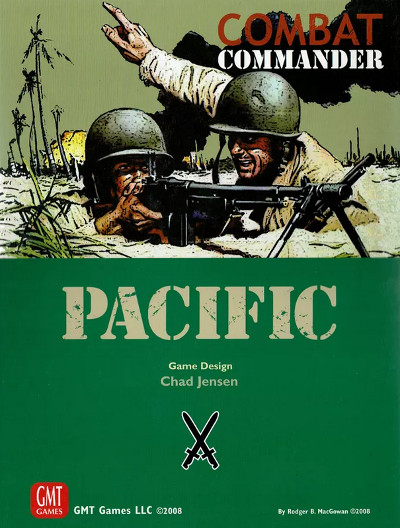
Combat Commander: Pacific (2008) enhances tactical infantry combat with detailed components and a comprehensive playbook. With intricate maps, faction-specific cards, and a variety of counters, the game authentically captures the complexities of Pacific warfare. Detailed scenario guides further enhance strategic depth and historical accuracy.
Details
Combat Commander: Pacific (2008) expertly recreates the intense battles of the Pacific Theater in World War II. This game offers a detailed and immersive experience with innovative mechanics and thematic depth.
Playbook and Components
Combat Commander: Pacific (2008) includes a playbook with twelve scenarios, a Random Scenario Generator, and detailed guidance for new and experienced players. The Random Scenario Generator, tailored for the Pacific theatre, offers a wide variety of map configurations and combat situations. The playbook explains the differences between Combat Commander: Pacific and earlier volumes, with examples of play, design notes, and play hints for strategic depth.
The game components feature 352 large counters (5/8′) and 280 small counters (1/2′), 220 cards (2.5 x 3.5), and six two-sided maps (17 x 22). Player aid sheets and a Rulebook and Playbook provide comprehensive support for immersive gameplay.
